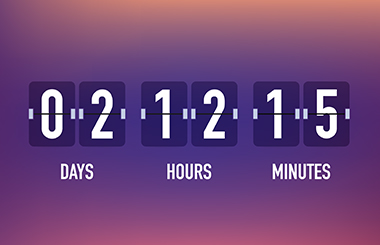
Historically, when a significant event transpired, it was common practice to document it in a register, noting the date and critical details to maintain a historical record.
This practice, of linking dates and times with events, originated from the necessity to present evidence during legal disputes, to establish or prove rights or obligations. For instance, there might be a need to demonstrate that a specific document existed at a certain point in time.
From ancient Rome to Villers-Cotterêts
In ancient Rome, bankers diligently maintained registers for each deposit and withdrawal. Over time, this practice was adopted by other professions, particularly in commerce.
In the twelfth and thirteenth centuries, the Knights Templar used similar registers and even created a secret code verification system so that pilgrims could use what they needed without having to carry cash.
In France, the church introduced the use of parish registers in the 14th century. All baptisms, marriages and burials were recorded and dated, and used as evidence in court cases.
In August 1539, King François I enacted the Ordinance of Villers-Cotterêts, considered the foundation of French civil register. Article 51 of this ordinance required that all baptisms be recorded in specific registers. The law meant that baptism certificates could serve as proof of a person’s age, specifically to determine if they were of legal age.
A step forward with digitisation
 The digital revolution has transformed several sectors, including intellectual property, personal data protection, and IT, making electronic time stamps indispensable. Time-stamped documents provide undeniable proof of their unchanged state, compliance with legal deadlines, receipt acknowledgment after transmission, and traceability of activities.
The digital revolution has transformed several sectors, including intellectual property, personal data protection, and IT, making electronic time stamps indispensable. Time-stamped documents provide undeniable proof of their unchanged state, compliance with legal deadlines, receipt acknowledgment after transmission, and traceability of activities.
In 2014, France’s eIDAS regulation (Article 42) established guidelines for electronic timestamping, defined as a process that electronically attaches a date and time to any digital data. This process validates the existence and content of the data at a specific moment, with or without reliance on a trusted third party.
A trusted third-party timestamper or timestamping authority must timestamp a document. This is akin to getting a handwritten document stamped at a post office. The authority issues a timestamping token that dates and seals the document. This helps safeguard against any disputes regarding the document’s content and verifies that the document has not been tampered with from the date of the timestamp until a new action occurs.
This system is particularly useful during tenders, as it can verify that application documents were submitted within the deadline. It’s also used to seal digital documents for records management, conclude electronic auctions, schedule payslips, date general terms and conditions of sales, and secure online transactions.
From tender verifications to sealing records and securing online transactions, embrace the efficiency and reliability of electronic time stamps for your business needs with AGS Records Management.


